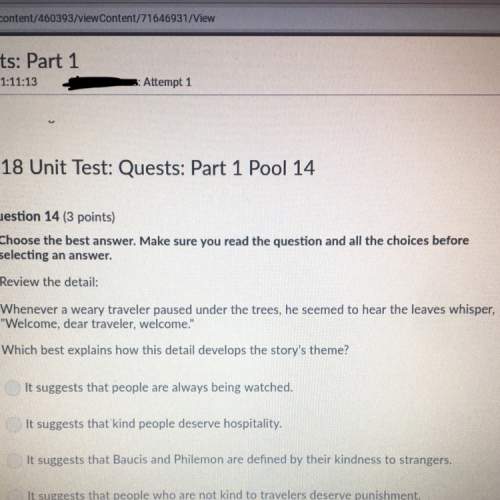STORIES OF USEFUL INVENTIONS, excerpt
By S. E. Forman
1911
THE MATCH
<...

STORIES OF USEFUL INVENTIONS, excerpt
By S. E. Forman
1911
THE MATCH
There never was a time when the world was without fire, but there was a time when men did not know how to kindle fire; and after they learned how to kindle one, it was a long, long time before they learned how to kindle one easily. In these days we can kindle a fire without any trouble, because we can easily get a match; but we must remember that the match is one of the most wonderful things in the world, and that it took men thousands of years to learn how to make one. Let us learn the history of this familiar little object, the match.
Fire was first given to man by nature itself. When a forest is set on fire by cinders from a neighboring volcano, or when a tree is set ablaze by a thunderbolt, we may say that nature strikes a match. In the early history of the world, nature had to kindle all the fires, for man by his own effort was unable to produce a spark. The first method, then, of getting fire for use was to light sticks of wood at a flame kindled by nature—by a volcano, perhaps, or by a stroke of lightning. These firebrands were carried to the home and used in kindling the fires there. The fire secured in this way was carefully guarded and was kept burning as long as possible. But the flame, however faithfully watched, would sometimes be extinguished. A sudden gust of wind or a sudden shower would put it out. Then a new firebrand would have to be secured, and this often meant a long journey and a deal of trouble.
In 1827, John Walker, a druggist in a small English town, tipped a splint with sulphur, chlorate of potash, and sulphid of antimony, and rubbed it on sandpaper, and it burst into flame. The druggist had discovered the first friction-chemical match, the kind we use to-day. It is called friction-chemical because it is made by mixing certain chemicals together and rubbing them. Although Walker's match did not require the bottle of acid, nevertheless it was not a good one. It could be lighted only by hard rubbing, and it sputtered and threw fire in all directions. In a few years, however, phosphorus was substituted on the tip for antimony, and the change worked wonders. The match could now be lighted with very little rubbing, and it was no longer necessary to have sandpaper upon which to rub it. It would ignite when rubbed on any dry surface, and there was no longer any sputtering. This was the phosphorus match, the match with which we are so familiar.
Which sentence from the text describes a problem with Walker's match that the phosphorus match tried to solve?
A sudden gust of wind or a sudden shower would put it out.
Although Walker's match did not require the bottle of acid, nevertheless it was not a good one.
A druggist in a small English town, tipped a splint with sulphur, chlorate of potash, and sulphid of antimony.
It could be lighted only by hard rubbing, and it sputtered and threw fire in all directions.

Answers: 3


Another question on English

English, 21.06.2019 16:20
What is the main effect produced by the repeated word pattern in the first two stanzas of the poem "your laughter"?
Answers: 2

English, 21.06.2019 22:00
Plzz me between what two words does the ellipses appear in the following sentence? "the his breakfast." "the" and "cat" "cat" and "ate" "ate" and "his" "his" and "breakfast"
Answers: 2

English, 22.06.2019 02:00
During the medieval period wich group played an important role in staging
Answers: 1

English, 22.06.2019 10:30
Summarize the main points of aristotle’s definition of tragedy, indicating where possible how these characteristics arouse responses from the audience?
Answers: 2
You know the right answer?
Questions



Physics, 07.12.2021 17:30



English, 07.12.2021 17:40

Mathematics, 07.12.2021 17:40

Mathematics, 07.12.2021 17:40


Mathematics, 07.12.2021 17:40

Mathematics, 07.12.2021 17:40

Mathematics, 07.12.2021 17:40


Advanced Placement (AP), 07.12.2021 17:40

English, 07.12.2021 17:40

Mathematics, 07.12.2021 17:40







